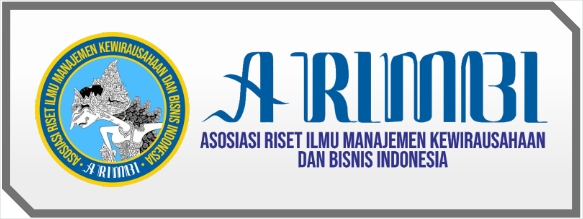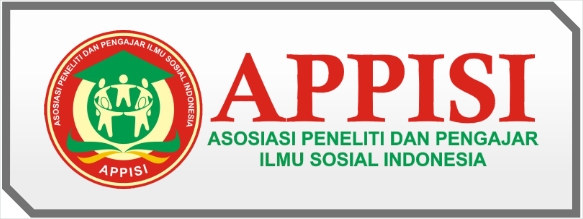Metode Pentahelix Dalam Pengembangan Desa Wisata Ketapanrame
DOI:
https://doi.org/10.59581/jmpp-widyakarya.v2i1.2751Keywords:
Ketapanrame Tourism Village, Pentahelix Method, Sustainable DevelopmentAbstract
The development of Ketapanrame Tourism Village poses both challenges and opportunities that require comprehensive and sustainable strategies. This article analyzes the implementation of the Pentahelix Method in the context of developing this tourism village. The Local Government (Pemda) plays a crucial role in providing regulations, infrastructure, and financial support. Media serves as a primary tool for promoting the tourism village, with diversified efforts through print and digital media, as well as collaborations with the private sector. The Village Government (Pemdes) holds a strategic position in community empowerment and the development of tourism facilities. Associations, as representatives of the industrial sector, support village development through financial contributions and assistance. In conclusion, the development of Ketapanrame Tourism Village through the Pentahelix Method serves as an example of how cross-sector collaboration can create sustainable tourism growth and have a positive impact on the local community.
References
Bramwell, B., & Lane, B. (2019). Collaboration and partnerships in tourism planning. Channel View Publications.
Hall, C. M., & Jenkins, J. M. (2018). Tourism and regional development: new pathways. Routledge.
UNWTO. (2019). Tourism and the Sustainable Development Goals – Journey to 2030. United Nations World Tourism Organization.
Kotler, P., Kartajaya, H., & Setiawan, I. (2020). Marketing 3.0: Dari Produk ke Pelanggan hingga Jiwa Manusia. John Wiley & Sons.
Ritchie, B. W., & Crouch, G. I. (2023). The competitive destination: A sustainable tourism perspective. CABI.
Buhalis, D., & Costa, C. (2019). Tourism business frontiers: Consumers, products and industry. Routledge.
Jamal, T., & Getz, D. (2019). Community roundtables for tourism-related conflicts: The dialectics of consensus and process structures. Journal of Sustainable Tourism, 7(3-4), 290-313.
Prideaux, B. (2020). Sustainable tourism on small islands: Future issues and constraints. Tourism and Hospitality Planning & Development, 2(1), 5-16.
Gursoy, D., Jurowski, C., & Uysal, M. (2022). Sikap Penduduk: Pendekatan Modeling Struktural. Annals of Tourism Research, 29(1), 79-105.
Fennell, D. A. (2019). Ekowisata: Sebuah Pengantar. Routledge.
Gössling, S., Scott, D., & Hall, C. M. (2021). Pariwisata dan Air. Channel View Publications.
Timothy, D. J., & Tosun, C. (2023). Kepuasan Wisatawan dan Kesetiaan Destinasi. International Journal of Contemporary Hospitality Management, 15(2), 79-85
Downloads
Published
How to Cite
Issue
Section
License
Copyright (c) 2023 Nadira Aurelia Putri Setiawan, Tasya Maylina Ridwan, Nabila Aurellia Putri, M. Habib Nasrullah, Ahmad Anfirsto Fadi Sabilillah

This work is licensed under a Creative Commons Attribution-ShareAlike 4.0 International License.














